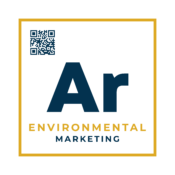
- Environmental
- 0 Comments
Help staff and customers increase their environmental literacy and exponentially impact your target sustainability goals The SEAL Awards are given out every year to the most sustainable companies in the world. Determining winners depends on their “measurable contribution” to making a positive impact on environmental issues. Honing measurable contributions for sustainable brands goes beyond “pat […]
Read More








